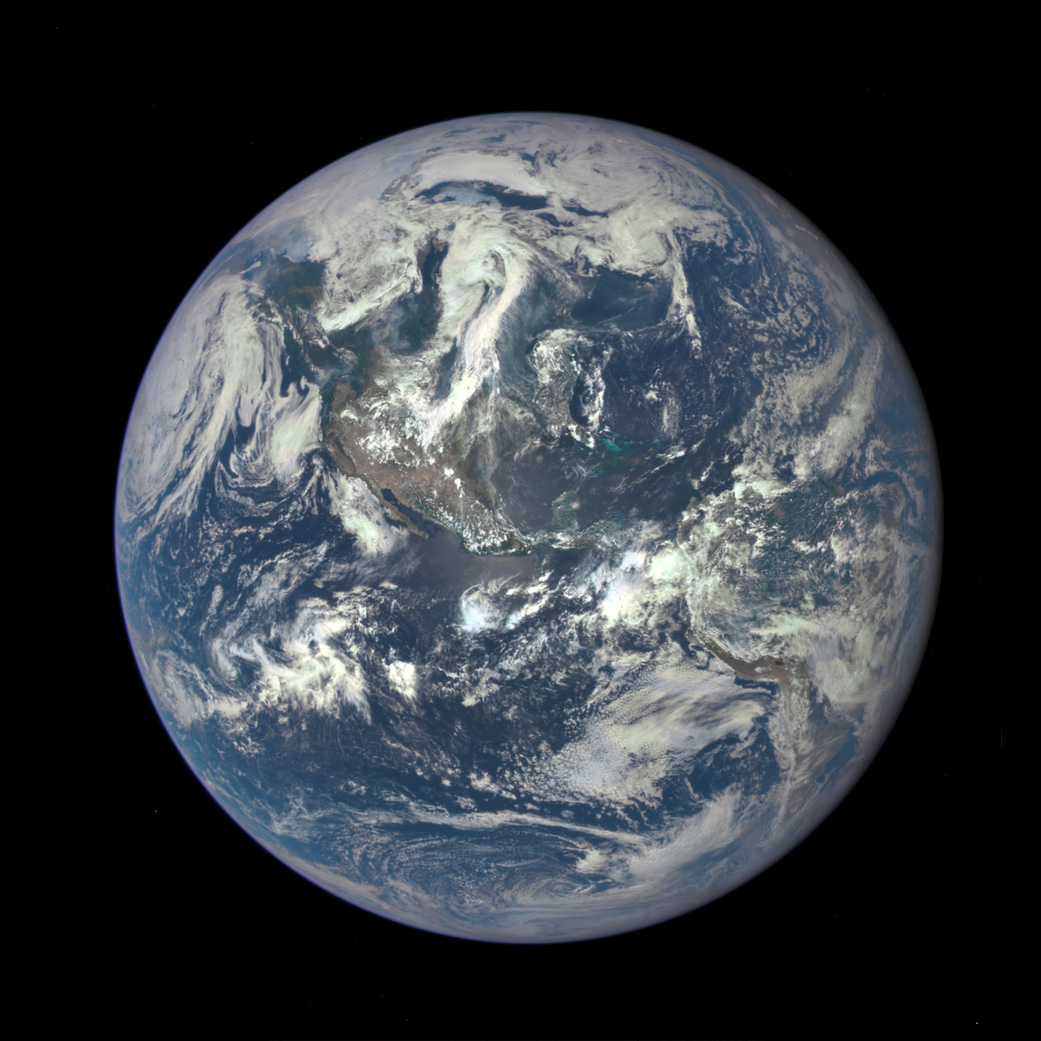Chapter 1: Introduction to Geology
The term “geology” comes from the Greek roots “geo” (earth) and “logy” (field of study), so it literally translates into the Study of Earth. While initially geology was limited to observations of natural materials found at the surface and processes that could be directly observed, it has evolved over time to encapsulate the study of Earth as a system. In the present day, geology encompasses the physical structure of the Earth, its change over time, and the dynamic processes that act on it. Geology is a science, which means it is both a body of knowledge about the natural world, as well as a process. That process, called scientific inquiry, studies the Earth through systematic observation, experimentation, and reasoning based on evidence.
The geology of Arizona is highlighted in this book for two reasons:
- The geology of Arizona is awesome. Arizona has visual representation of many rock types, most geologic ages, and boasts one of the 7 Wonders of the Natural World, the Grand Canyon.
- This text was created for introductory geology students within the Maricopa County Community Colleges system.
Learning Objectives
After carefully reading this chapter and completing exercises within it, you should be able to:
- Explain what geology is and how it incorporates the other sciences.
- Describe the five spheres within the Earth System and how they interact.
- Identify careers within the field of geology.


